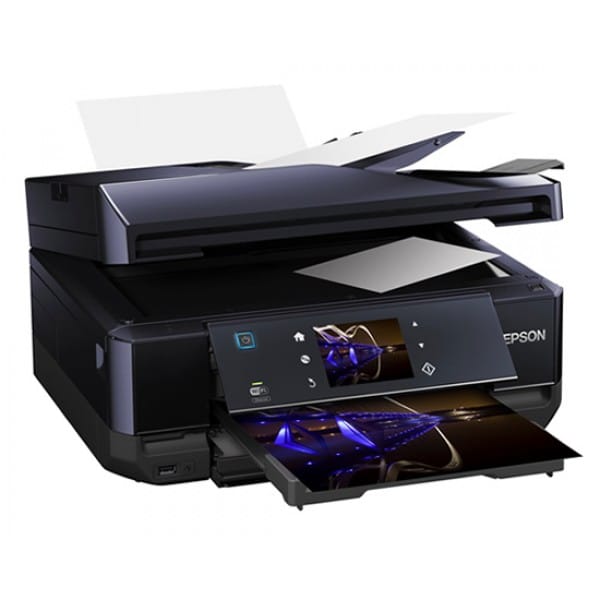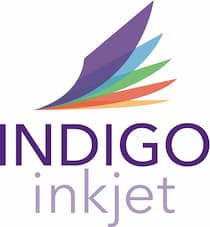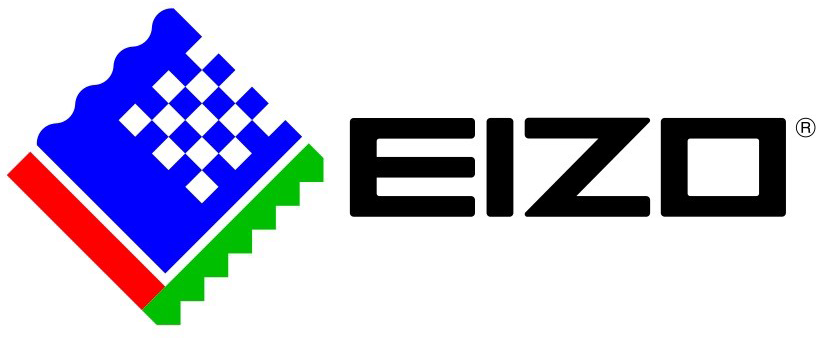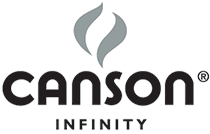DPSB.co.uk, the UK's no.1 source for large format printers, inks & media
The Professional’s Source for Print & Digital Imaging Solutions


Purchasing a printer is a big investment and one you want to get right. Deciding between a laser or an inkjet printer is likely to be one of the first things you have to consider. Both have their own strengths and weaknesses, and each is appropriate for meeting different printing needs. At DPSB, we’ve compiled a breakdown of the differences between laser and inkjet to help you decide which is best for you.
Laser – Use a toner cartridge, which is filled with fine powder, and a heated fuser.
Inkjet – Have microscopic nozzles, which spray liquid ink onto the paper.
One preconception is that lasers are expensive to buy but cheap to run, while inkjets are cheaper to buy in the first instance but come with higher ink costs as they will need ink replacing more often. However, there have been many advances in the printing industry in the past few years, making it more difficult to define which type gives you the most bang for your buck.
Laser – Laser printers are most commonly used for business purposes. Their initial cost tends to be slightly more than an inkjet printer, but savings on ink may outweigh that extra cost. Laser ink cartridges are more expensive but often promise to print up to 3,500 pages. Large laser prints may also require additional maintenance costs.
Inkjet – The initial cost of an inkjet printer is cheaper, and its cartridges can be up to a quarter the price of laser cartridges. However, an inkjet cartridge is only expected to print a few hundred pages.
Laser – Lasers have for years had the upper hand when it comes to speed. You can expect print speeds of up to 60-70 pages per minute with a laser printer. The main disadvantage is ‘warming up’ time. Compared to inkjets, lasers can take a while to get going.
Inkjet – Inkjet printers are making great strides when it comes to speed. With no fuser to heat up when printing, an inkjet can be ready to go almost immediately, which is a big advantage when multiple users are printing throughout the day.
This is dependant on what your use for the printer is. Lasers are known for their ability to quickly produce high-quality black and white documents, whereas inkjet printers are better for printing photos.
Laser – Laser printers have the edge when it comes to printing crisper, clearer black and white text. Inkjets are now catching up but printing small fonts remains an expertise of laser printers, as the fusing technology better lends itself to the minute curves and dots of small text.
Inkjet – Traditionally, inkjet printers have triumphed in producing high-quality photographs. They generally produce better results than a similarly priced colour laser.
There are many factors to consider when buying a printer, and different businesses have different needs. For example, for photographers we would recommend an inkjet printer to ensure high quality photo printing, whereas a print shop could reap the benefits of a laser printer and a small inkjet, depending on the type of services it offers. Generally, office based businesses would need a high-speed laser printer for quick output of text documents. If high quality printed photos are needed occasionally, these can always be outsourced to a business with inkjet facilities. If you need advice on what type of printer will suit your business best, don’t hesitate to get in touch with the DPSB team.


























Established Since 2005
Thousands of Happy Clients
Greater London Showroom
Epson Authorised Partner
Canon Authorised Key Partner
HP Designjet Specialist Partner
Wacom Premier Partner

